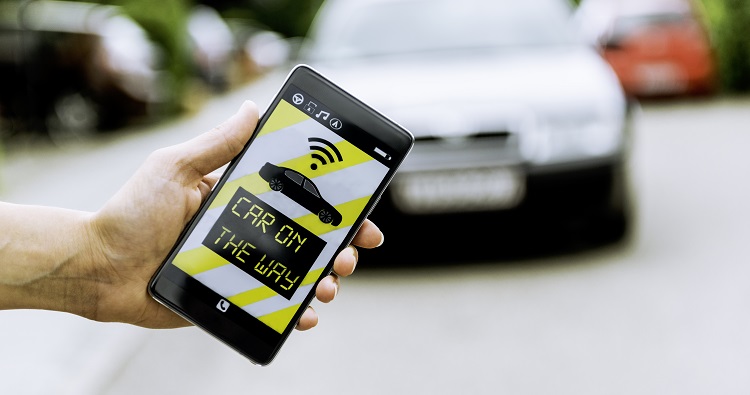What is the Sharing Economy and How Can it Work for Your Business?

Sharing isn’t just something we teach our kids in grade school—it has taken over our culture and examples of the sharing economy are everywhere. The sharing economy is an economic model in which people share resources with each other as part of a peer-to-peer network. This is also known as a collaborative or peer economy. Collaborative customers want to use the tool without buying it, have a ride without paying for the car, and have access to the dress for the one day they need it.
They expect efficiency, convenience, and frugality. Examples of popular sharing economy businesses include Uber, TaskRabbit, Airbnb, and Rent the Runway.
In today’s age of one-day, free shipping, customers expect immediate gratification and convenience beyond what has ever been expected before. However, it’s important to not think about these disruptors as replacements for traditional retail and restaurant experiences. Nothing will replace the experience of going to a brick-and-mortar establishment, picking out exactly what you want, and bringing it home with you. That will always be a special experience that exists. But, to help supplement your business, you can embrace the new sharing economy services to augment your current structure.
People want to shop locally. They want to support small businesses and the local economy. According to the Pew Research Center, 86% of Americans say small businesses are having a positive impact on our country. However, a desire to reduce our environmental footprint and simple laziness can get in the way. You can leverage new technology and sharing economy services to bridge the gap between your business and the people who want to support you but are lured away by convenience.
There are many ways your small business can engage with the sharing economy:
- Restaurants can pair with car-share delivery services to provide delivery when they don’t have a fleet of their own.
- Retailers can allow customers to order through a mobile site and have the items delivered or available for same-day pick up at the store.
- If you sell products that require installation but don’t have technicians, you can pair with a service like TaskRabbit, which matches customers with capable workers who complete installation for them. This allows your customers to buy from you without worrying about their technical skills.
- If you sell high-price items that are not used regularly, you can set up a rental option to capitalize on this new group of people who are embracing the sharing economy.
Working with the sharing economy and adopting the latest technology can provide a new facet to attract new customers to your business and delight regulars.
This post was written by Beth L. Beth L. is a Regulatory Affairs Analyst at Acuity where she specializes in researching regulations, understanding statutes, and working with compliance.. She studied regulation, policy, environmental studies, and business administration at the University of Wisconsin-Green Bay. Beth has received degrees in in public administration and environmental policy and planning, and also has a certification in environmental sustainability in business. Outside of work Beth likes to run, cook, and play with her dog, Butter.
An insurance company that cares about you and insuring the things you wish to be insured.
Get a Quote> Find an Agent>

